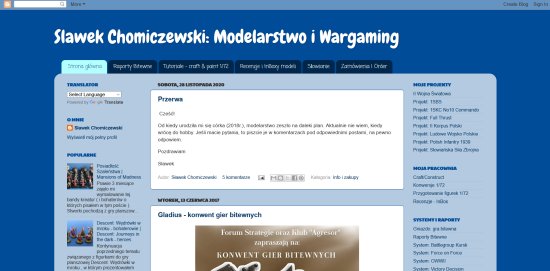Normally, TMP doesn't profile boardgames since... well, this is a miniature wargaming website. However, I thought that battle-market might be of special interest, since it provides several small, quick-playing games in each issue. And a small, quick game might be a good way to introduce yourself to a new period or subject, before diving in and ordering a new army. ![]()

The summer 2007 issue of battle-market contains three separate games, but the one I'm going to focus on for this article is Tannenberg: Downfall of the Teutonic Order. The magazine provides:
- a 6-page historical article
- 5½ pages of rules, including 3 scenarios
- an A4-size color map on cardstock (about 8½" x 11")
- an A-4 size game aid (game turn track, unit strength tracks) (on reverse of another game's map)
- 71 color counters, 72 markers on cardstock (must be cut out)
The counters show a shield or other group identification, as well as an ID number (most in Roman numerals). The map shows mostly plain hexes, with a sprinkling of three terrain types (lake/water, woods, marsh, and village); plus lines for streams and roads (which have no bearing on the game).
Since the counters are printed on thin cardstock, and the rules allow counters to stack two deep, I recommend mounting the counters on thicker cardstock before cutting them out. One minor annoyance with cutting the counters apart is that the counters are separated by thin black lines, but units also have a thick black line indicating their "front" - if you don't cut precisely, you can end up with units having inadvertent black stripes on tops and bottoms.
Another curiosity is that neither the map nor the rules provide a graphical key to the counters or terrain - instead, they are described in text. For instance, the Bohemian/Moravian/Silesian heavy cavalry counters bear "...the white crossed arrow on a red shield."
The situation in this game is that the Teutonic Order, a Catholic military order which rules medieval Prussia, is defending against an invasion by neighboring Poland and Lithuania. The Order is led by Ulrich, and possesses its own knights, some infantry, plus crusading knights from elsewhere in Europe. The other side has its own heavy cavalry (mostly Polish, some Lithuanian, some Bohemian/Moravian/Silesian), light cavalry (mostly Lithuanian, plus some Russian and Tatars), and a little infantry.
The rules are fairly simple. The turn sequence is:
- Poles/Lithuanians move
- Poles/Lithuanians attack
- Teutonic Order moves
- Light cavalry may change facing
- Teutonic Order attacks
- Rally phase
Units chiefly differ by their hit point strength, with heavy cavalry starting at 9 or 10; light cavalry at 7; infantry at 4. Movement rates are low, with light cavalry getting 4 movement points per turn, heavy cavalry 3, and infantry 2 - and all units except light cavalry must pay not only for movement, but for facing changes (i.e., turning).
Units can attack other units to their front. Penalties apply when attacking to the front flanks; and when defending from the flanks or rear. Combat is differential - the defending unit's strength is subtracted from the attacker's strength, which determines which column to use on the combat results table. The combat results indicate how many hit points the attacker and/or defender take. When a unit has no more points, it is removed from play.
A few special rules add some wrinkles to play. Light cavalry, for instance, may retreat after combat - but if they do, they must keep retreating until they rally (50% chance per turn). If the impetuous European crusaders move east, they must continue to move east until they rally (17% chance per turn). If knights enter a space containing friendly infantry, the infantry take damage (trampling).
The rules seemed pretty simple to me - no zones of control, not much in the way of morale rules, no specific rules for charging - so I decided to give the game a try and see how it handles...








